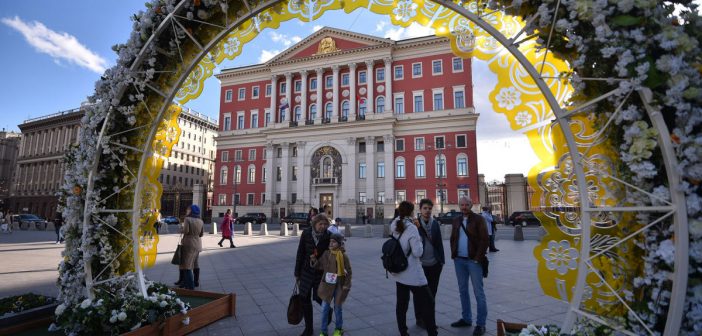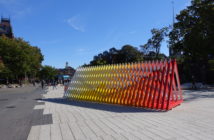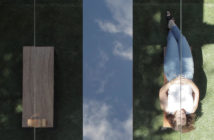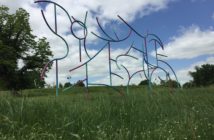When we aren't seeing new work and writing about it, we're probably reading. Here’s a selection of some articles that we’ve read in the past couple of weeks and found particularly engaging. Some are recent, while others are older and touch on ideas or issues that we’ve been thinking about as we write and commission new pieces. As always, if you have thoughts or comments, tweet us @bigredandshiny!
–The BR&S Editorial Team
___________________________________________________________________________________
Sarah Gottesman, “From Dalí to Rembrandt, 9 Artists Whose Mothers Became Their Muses,” Artsy.net, May 3, 2016
In honor of Mother’s Day, here’s a quick read about nine artists’ renditions of their moms. Spanning from Rembrandt’s 1631 etchings to Ragnar Kjartansson’s 2015 video works, this is a fun essay with an eclectic selection of mothers as models. –Lisa Crossman
Kevin St. John Interviews DarkMatter, "Be the Kill-Joy," Guernica, May 2, 2016
I've been lucky enough to see DarkMatter perform, and this interview with the performance duo captures their energy perfectly. Especially valuable, aside from their broader conversation about capitalism, activism and education, is thinking about “always theorizing from the places where I'm at emotionally." –Maia Dolphin Krute
Anri Sala, "Syncopation," Art in America, April 2016
I love the anecdotal quality of AiA's "Muse" series. Here video artist Anri Sala talks about syncopation as a disruptive but essential element of music, and explains his thought process as he turns the concept over in his mind and applies it to his art practice. If you're wondering how he connects a component of rhythm to architecture and physical space, read on! –Scout Hutchinson
Masha Gessen, "Why Moscow Has Suddenly Been Filled with Tacky, Terrible Art," The New Yorker, April 26, 2016
I promise I read more magazines than just The New Yorker. But I do admit that almost all of my reading in the last three weeks or so was about public art, monuments, and contested art in civic spaces in preparation for last Thursday night’s panel, Beyond the Bust: Defining Our Public Monuments,” co-hosted with Now and There. I’m a huge admirer of Masha Gessen’s work, and this look at Moscow’s new, and apparently hideous, public art offers a fascinating insight into how post-post-Soviet Muscovites and Russians perceive monuments in public. Gessen writes despairingly, “the current Moscow Spring decorations, eclectic as they may seem, with their mixture of themes, styles, and materials, have this in common: they are created for a public whose aesthetic senses have been profoundly dulled.” --Leah Triplett Harrington




